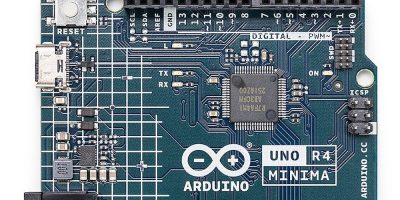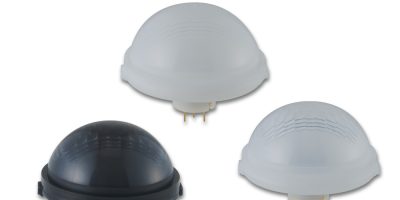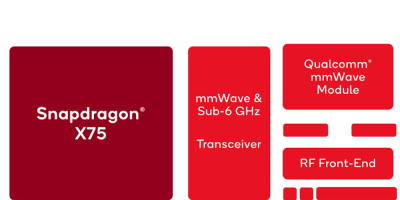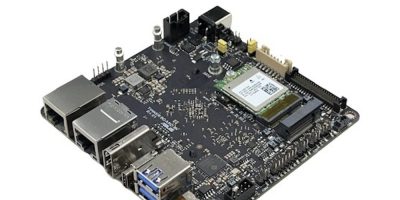Two new Arduino Uno R4 boards are now available from Farnell, in an expansion of the Uno family portfolio.
The Uno R4 Minima and Uno R4 Wi-Fi are suitable for use by beginners and experienced developers. They introduce a 32-bit architecture with new capabilities for makers, explained Farnell.
The Uno R4 is powered by Renesas RA4M1 32-bit Cortex-M4 processor running at 48MHz, providing a three fold performance increase over the Uno R3.
These enhancements are fully backward-compatible, however, and do not compromise working with existing shields and accessories, said Farnell. The SRAM has been upgraded from 2kbyte to 32kbyte and flash memory is 256kbyte, compared to 32kbyte, in order to support more complex projects. There is also a 12-bit analogue DAC, an on board op amp, a USB-C port and maximum power supply voltage of 24V with an enhanced thermal design. Other features include a CAN bus and an SPI port, enabling users to reduce wiring and perform parallel tasks by connecting multiple shields. There is also an HID device to emulate a mouse or keyboard
The Uno R4 Minima provides powerful and affordable technology for designers who want the power and speed the Renesas processor can bring but do not have any need for additional features. Onboard SWD pins provide a simple way to connect third-party debugging probes for system operation.
The Uno R4 Wi-Fi features an Espressif ESP32-S3-mini co-processor and offers Wi-Fi and Bluetooth connectivity, providing robust internet accessibility for IoT projects.
The Uno R4 Wi-Fi additionally includes low energy Bluetooth / Wi-Fi, a fully addressable 12×8 LED matrix, a Qwic 12C connector for external I2C connectivity, a real time clock with support for a buffer battery and runtime errors diagnostics.
Arduino is an open-source electronics platform based on easy-to-use hardware and software which has built up a worldwide community of makers, including students, hobbyists, artists, programmers, and professionals, contributing accessible knowledge that can greatly help novices and experts alike.
The new Arduino Uno R4 boards is available from Farnell in EMEA, Newark in North America and element14 in APAC.







